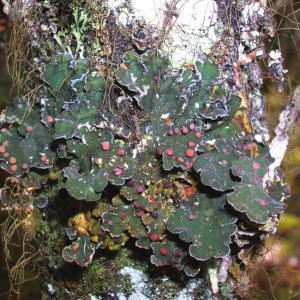Cambrian Explosion of Life
530 million BCE • Earth
"For most of the nearly 4 billion years that life has existed on Earth, evolution produced little beyond bacteria, plankton, and multi-celled algae. But beginning about 600 million years ago in the Precambrian, the fossil record speaks of more rapid change. First, there was the rise and fall of mysterious creatures of the Ediacaran fauna, named for the fossil site in Australia where they were first discovered. Some of these animals may have belonged to groups that survive today, but others don't seem at all related to animals we know... Then, between about 570 and 530 million years ago, another burst of diversification occurred, with the eventual appearance of the lineages of almost all animals living today. This stunning and unique evolutionary flowering is termed the "Cambrian explosion," taking the name of the geological age in whose early part it occurred... the changes seems to have happened in a range of about 30 million years..."
"The Cambrian Explosion" 2001 WGBH Educational Foundation and Clear Blue Sky Productions, Inc.
Diorama of a Devonian seafloor - Goldringia nautiloid cephalopod eating a trilobite. James St. John. Flickr. CC BY 2.0


Learn about Maya Lin’s fifth and final memorial: a multi-platform science based artwork that presents an ecological history of our world - past, present, and future.

Discover ecological histories and stories of former abundance, loss, and recovery on the map of memory.

Learn how we can reduce our emissions and protect and restore species and habitats – around the world.

See how art can help us rethink the problems we face, and give us hope that each one of us can make a difference.

Help make a global memorial something personal and close to home. Share your stories of the natural world.


